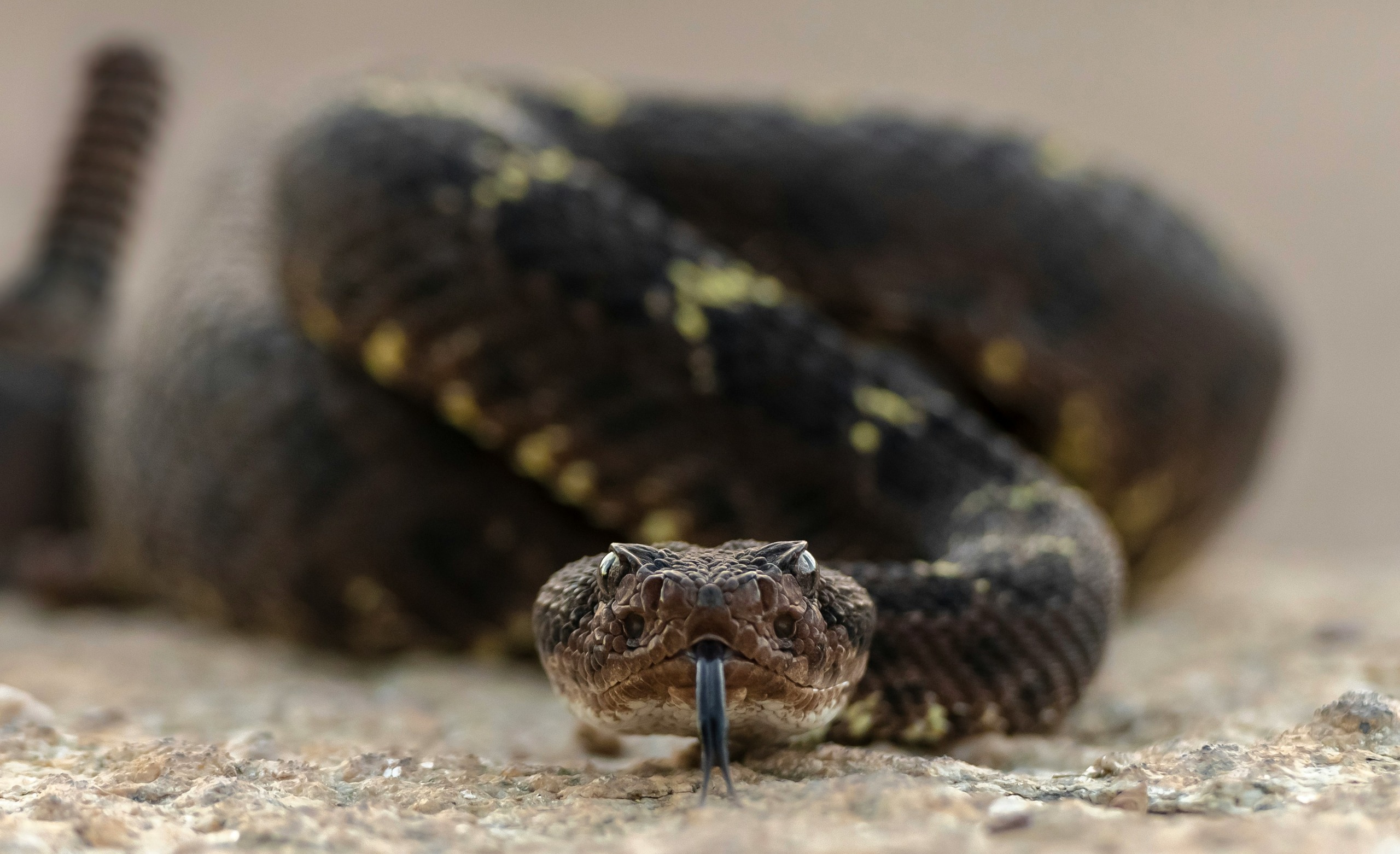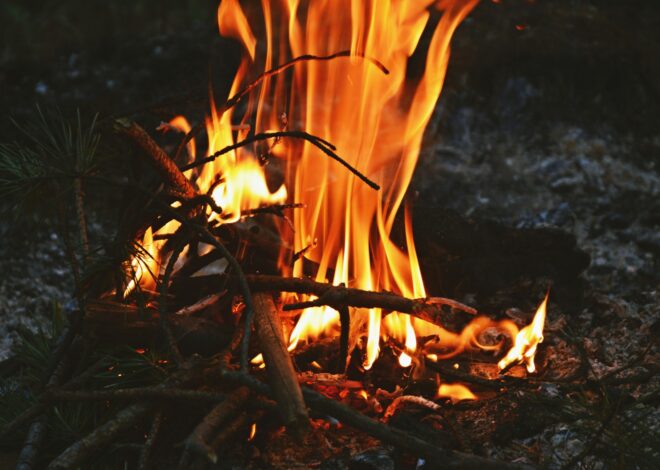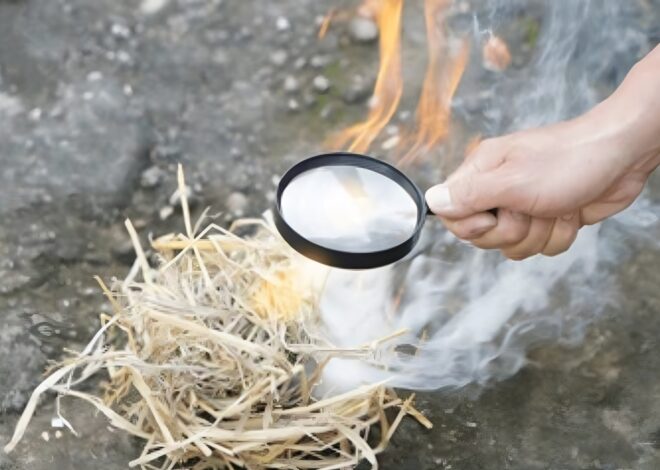
How To Survive A Rattlesnake Bite
Welcome to our comprehensive guide on how to survive a rattlesnake bite. Rattlesnakes are fascinating yet fearsome creatures of the wild. With their distinctive rattling sound and striking patterns, they command respect from anyone who encounters them.
But what happens if you find yourself on the receiving end of a rattlesnake bite? It can be a life-threatening situation filled with confusion and panic. Knowing how to navigate this challenge could mean the difference between life and death.
In this guide, we will explore essential steps for surviving a rattlesnake bite. From understanding these snakes to seeking medical attention, your safety is our priority. Whether you’re an outdoor enthusiast or just curious about wildlife encounters, being informed is key to staying safe in nature’s playground.
Let’s delve into crucial survival strategies that every adventurer should know!
Understanding Rattlesnakes and Their Bites
Rattlesnakes are a diverse group of venomous snakes native to the Americas. They are easily recognizable by their distinct rattle, which they use as a warning signal when threatened. These snakes have adapted well to various environments, from deserts to forests.
Their bites can vary significantly in severity. Some species possess potent venom that can cause serious damage, while others may deliver a dry bite with no venom at all. Knowing what type of rattlesnake you might encounter is crucial for understanding potential risks.
When a rattlesnake bites, it injects venom through its fangs into its prey or an unfortunate human victim. The effects of the bite depend on factors like the snake’s size and health, the amount of venom injected, and how quickly medical help is received.
Recognizing these aspects can empower you with knowledge about your environment and improve your chances if faced with such an emergency.
What to Do Immediately After Being Bitten
If you find yourself bitten by a rattlesnake, your first step is to stay as calm as possible. Panic can spread the venom through your bloodstream more quickly. Next, try to keep the affected limb immobilized and at heart level. This will help slow down the venom’s movement.
Avoid any strenuous activity that could elevate your heart rate. Remove any tight clothing or jewelry near the bite site. Swelling may occur, and constricting items can cause further complications. Do not attempt to suck out the venom or apply ice.
These methods are outdated and ineffective, potentially causing more harm than good. Instead, make a note of the time of the bite while you seek immediate medical attention. It’s crucial for healthcare providers to know how long you’ve been exposed to snake venom when determining treatment options.
Prevention Tips for Avoiding Rattlesnake Bites
Rattlesnakes are often found in rocky or grassy areas. When hiking, stick to well-trodden paths. Avoid tall grass, bushes, and dense underbrush where snakes like to hide. Wearing the right clothing can make a difference. Thick boots and long pants add a layer of protection against bites.
Bright colors help you spot snakes more easily. Stay alert while outdoors. Look ahead for any movement in your surroundings. Rattlesnakes typically prefer to avoid humans but will defend themselves if surprised. Keep pets on leashes when exploring snake-prone areas.
They tend to investigate unfamiliar scents, which could lead them into trouble. Educate yourself about rattlesnake behavior and habitats specific to your region. Knowledge is your best defense against an unexpected encounter with these reptiles.
First Aid Techniques for Surviving a Bite in the Wilderness
If you find yourself bitten by a rattlesnake in the wilderness, staying calm is crucial. Panicking can elevate your heart rate and spread the venom more rapidly. First, try to keep the affected limb immobilized at or below heart level.
This helps slow down the movement of venom through your bloodstream. Remove any tight clothing or jewelry around the bite area. Swelling will often occur quickly, so give it room to expand without restriction. Do not attempt to suck out the venom or apply ice directly on the bite.
These methods can cause more harm than good. Instead, create a loose bandage using clean cloth if available. Just be careful not to cut off circulation altogether. Stay put as much as possible; this minimizes exertion and reduces blood flow near the wound until help arrives.
Seeking Medical Help and Follow-Up Care
After a rattlesnake bite, seeking immediate medical help is crucial. Antivenom can be life-saving and should be administered as soon as possible. This treatment neutralizes the venom and reduces long-term complications.
Once you’ve received initial care in an emergency room, follow-up appointments are essential. Your healthcare provider will monitor your recovery closely. They may perform blood tests or imaging studies to assess any potential damage caused by the snake’s venom.
Don’t hesitate to ask questions during these visits. Understanding your condition can ease anxiety and empower you in the healing process. Physical therapy might also play a role if there’s significant swelling or mobility issues post-bite.
Staying proactive about your health ensures a smoother recovery journey ahead. Emotional support shouldn’t be overlooked either; reaching out to friends or professionals can provide comfort during this challenging time.
Emotional and Physical Effects of a Rattlesnake Bite
Experiencing a rattlesnake bite can leave both physical scars and emotional trauma. It’s important to acknowledge these feelings rather than push them aside. Physically, you may be dealing with pain, swelling, or even mobility issues.
Follow your healthcare provider’s instructions carefully to aid recovery. Engaging in gentle exercises as advised can help regain strength and flexibility. Emotionally, anxiety or fear about encountering snakes again is common.
Talking to friends or joining support groups can provide comfort and understanding. Sharing experiences often helps lessen the burden of fear. Don’t hesitate to seek professional counseling if overwhelming emotions persist. A mental health expert can offer coping strategies tailored for your situation.
Remember that healing takes time—both physically and emotionally. Be patient with yourself during this process; each day brings new opportunities for progress and growth.
Conclusion: Stay Alert, Stay Safe
Rattlesnakes, though fascinating creatures of the wild, can pose serious dangers if provoked. Understanding their behavior and taking preventative measures is essential for anyone who spends time outdoors. If you or someone else is bitten, knowing how to react quickly can make a significant difference.
Always be prepared by having basic first aid knowledge and supplies on hand during outdoor activities. Remember that seeking medical help should never be delayed; it’s crucial for effective treatment following any snake encounter.
The emotional toll of a rattlesnake bite can also linger long after physical healing has occurred. Be gentle with yourself or loved ones as you navigate recovery together.
Remaining vigilant in environments where rattlesnakes might reside helps minimize risks significantly. It’s about respecting nature while ensuring your safety comes first out there among the trails and rocks. Stay alert and prioritize safety to enjoy all that the great outdoors has to offer without fear of unexpected encounters.



